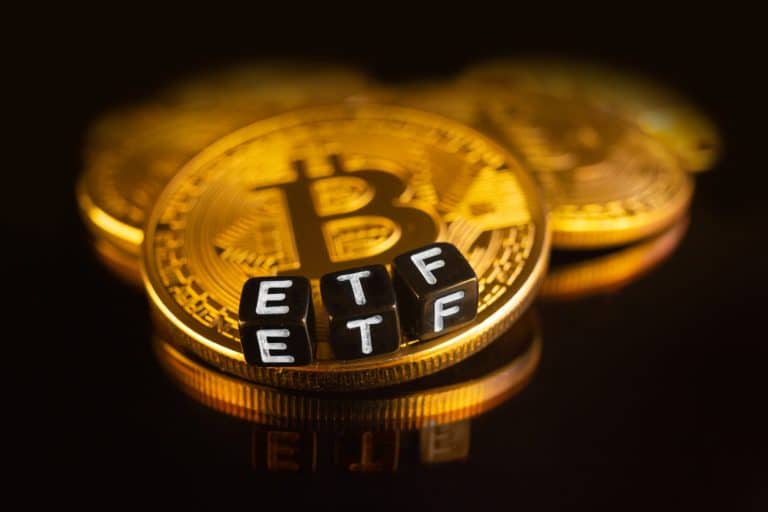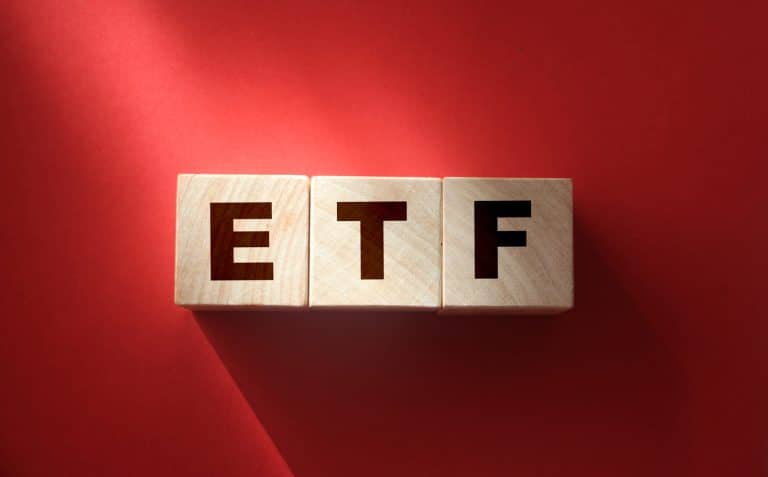These exchange-traded funds (ETFs) have experienced varying degrees of decline in their performance over the first 6 months of the year. These ETFs cover a range of sectors, including alternative energy, market volatility, regional banking, natural gas, and the cannabis industry.
Noble Absolute Return ETF (NOPE) is an exchange-traded fund that has experienced a decline of 66.74%. It is designed to provide investors with absolute returns, aiming to generate positive returns regardless of market conditions.
KraneShares Global Carbon Offset Strategy ETF (KSET) has seen a decrease of 63.83%. This ETF focuses on companies involved in the global carbon credit market, aiming to capture the potential growth of carbon offsets and the transition to a low-carbon economy.
ProShares VIX Short-Term Futures ETF (VIXY) has declined by 56.13%. This ETF aims to provide investors with exposure to short-term VIX futures contracts, which are designed to track the volatility index of the S&P 500. It is commonly used as a hedging instrument against market volatility.
iPath Series B S&P 500 VIX Short-Term Futures ETN (VXX) has seen a decline of 55.74%. Similar to VIXY, VXX is an exchange-traded note that offers exposure to short-term VIX futures contracts. It is designed to provide investors with a way to hedge against potential market downturns.
Convexityshares 1x Spikes Futures ETF (SPKX) has experienced a decrease of 55.08%. This ETF seeks to track the performance of the SPY Index, which reflects the implied volatility of the S&P 500 Index. It aims to provide investors with inverse exposure to the VIX futures market.
Simplify Tail Risk Strategy ETF (CYA) has declined by 48.83%. This ETF focuses on managing tail risk, aiming to protect investors from significant market downturns. It uses options and other strategies to provide exposure to a broad range of asset classes while seeking to limit downside risk.
United States Natural Gas Fund LP (UNG) has seen a decrease of 47.38%. UNG is designed to track the performance of natural gas futures contracts. It offers investors exposure to the price movements of natural gas and can be used to speculate on or hedge against natural gas price fluctuations.
Global X Cannabis ETF (POTX) has experienced a decline of 40.85%. This ETF focuses on companies involved in the cannabis industry, seeking to provide investors with exposure to the global cannabis market and benefit from its potential growth.
Breakwave Dry Bulk Shipping ETF (BDRY) has declined by 39.61%. BDRY is designed to provide investors with exposure to the dry bulk shipping industry. It tracks a portfolio of near-dated freight futures contracts and aims to capture the performance of the dry bulk shipping market.
AXS Cannabis ETF (THCX) has seen a decrease of 33.98%. THCX focuses on companies involved in the cannabis industry, aiming to provide investors with exposure to the global cannabis market and benefit from its potential growth.
United States 12 Month Natural Gas Fund LP (UNL) has experienced a decline of 33.12%. UNL seeks to track the performance of natural gas futures contracts, with a focus on contracts that have a constant maturity of 12 months. It aims to provide investors with exposure to longer-term movements in natural gas prices.
ProShares VIX Mid-Term Futures ETF (VIXM) has declined by 32.56%. Similar to VIXY and VXX, VIXM offers exposure to VIX futures contracts but with a mid-term focus. It is designed to provide investors with a way to hedge against medium-term market volatility.
iPath Series B S&P 500 VIX Mid-Term Futures ETN (VXZ) has seen a decrease of 31.33%. VXZ, like VIXM, is an exchange-traded note that provides exposure to VIX futures contracts with a mid-term focus. It aims to offer investors a means to hedge against medium-term market volatility.
ABRDN Physical Palladium Shares ETF (PALL) has experienced a decline of 31.09%. PALL is designed to track the spot price of palladium, providing investors with exposure to the physical metal. It aims to reflect the performance of the palladium market.
SPDR S&P Regional Banking ETF (KRE) has seen a decrease of 29.25%. KRE focuses on regional banking companies, providing investors with exposure to the performance of the regional banking sector in the United States. It seeks to track the S&P Regional Banks Select Industry Index.
ETFMG Alternative Harvest ETF (MJ) has declined by 29.12%. MJ focuses on companies involved in the legal cannabis industry. It aims to provide investors with exposure to the global cannabis market and benefit from its potential growth.
AdvisorShares Pure Cannabis ETF (YOLO) has experienced a decrease of 28.06%. YOLO focuses on companies operating in the legal cannabis industry, aiming to provide investors with exposure to the cannabis market and capitalize on its potential growth.
iShares US Regional Banks ETF (IAT) has seen a decrease of 27.90%. IAT focuses on companies in the regional banking sector in the United States, seeking to track the performance of the Dow Jones U.S. Select Regional Banks Index.
Amplify Seymour Cannabis ETF (CNBS) has declined by 27.36%. CNBS focuses on companies involved in the cannabis industry, aiming to provide investors with exposure to the global cannabis market and benefit from its potential growth.
Advisorshares Poseidon Dynamic Cannabis ETF (PSDN) has experienced a decrease of 26.62%. PSDN focuses on companies operating in the legal cannabis industry. It aims to provide investors with exposure to the cannabis market and generate long-term capital appreciation.





